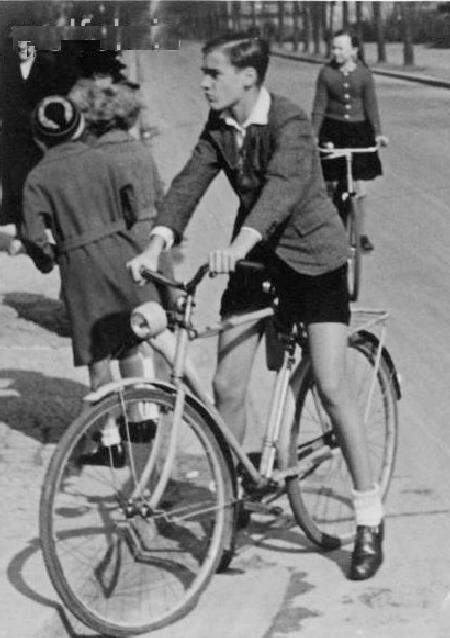
Figure 1.--A dealer believes this German boy was photographed with his bike in the 1930s. We think it is more likely the 40s or very early-50s. |

|
We note quite a few photographs of German boys with bikes. Germany did not play a major role in the development of the bicycle, but there was some work in Germany. Baron Karl Drais von Sauerbronn, who invented the "draisine" in 1817, 2 in-line wheels connected by a wooden frame. The rider sat astride and pushed it along with his feet, while steering the front wheel. Bikes became very popular in Germany and several mnufacturers produced them. We note a few boys had bikes in the late-19th century. A good example is an unidentified German boy in 1888 with a penny-farthing bicycle. Bikes in the 19th century were not all that safe. Manufacturers by the 20th century were producing bikes that boys could safely operate, although somewht expensive for many families. Many workers used bikes for transport to work. Cars were beyond the price that workers could afford. After World War I it became more common for boys to have bikes, at least middle-class boys. We note a German father and son about 1905-10. We note Hitler Youth boys taking biking expeditions in the 1930s. We note some girls with bikes, but most of the images we have founds are boys riding them. German boys commonly wore short pants wuth riding bikes. Lederhosen were a popular choice.
A tricycle or trike is a three-wheeled vehicle. They are primarily associated with younger children not yet able to ride a two-wheeled bike. We do not yet have much information on tricycles in Germany. The first tricycle was apparently built by a disabled German man (1680). He was a watch-maker and thus skilled in mechanics. His tricyle was powered by hand cranks. Interestingly, Germans were no heavily involved in there future development of trikes and bikes. And trikes like bikes became powered by foot pedals.
We note quite a few photographs of German boys with bikes. Germany did not play a major role in the development of the bicycle, but there was some work in Germany. Baron Karl Drais von Sauerbronn, who invented the "draisine" in 1817, 2 in-line wheels connected by a wooden frame. The rider sat astride and pushed it along with his feet, while steering the front wheel. Bikes became very popular in Germany and several mnufacturers produced them. We note a few boys had bikes in the late-19th century. A good example is an unidentified German boy in 1888 with a penny-farthing bicycle. Bikes in the 19th century were not all that safe. Manufacturers by the 20th century were producing bikes that boys could safely operate, although somewht expensive for many families. Many workers used bikes for transport to work. Cars were beyond the price that workers could afford. After World War I it became more common for boys to have bikes, at least middle-class boys. We note a German father and son about 1905-10. We note Hitler Youth boys taking biking expeditions in the 1930s. We note some girls with bikes, but most of the images we have founds are boys riding them. German boys commonly wore short pants wuth riding bikes. Lederhosen were a popular choice. After World War II with the German Economic Miracle, we see many more German boys with bicycles.
Navigate the Boys' Historical Clothing Web Site:
[Return to the Main bike country page]
[Return to the Main outdoor play page]
[Return to the Main German activituies page]
[Introduction]
[Activities]
[Biographies]
[Chronology]
[Clothing styles]
[Countries]
[Bibliographies]
[Contributions]
[FAQs]
[Glossary]
[Images]
[Links]
[Registration]
[Tools]
[Boys' Clothing Home]
Navigate the Boys' Historical Clothing Web Site:
[Sailor suits]
[Sailor hats]
[Buster Brown suits]
[Eton suits]
[Rompers]
[Tunics]
[Smocks]
[Pinafores]
